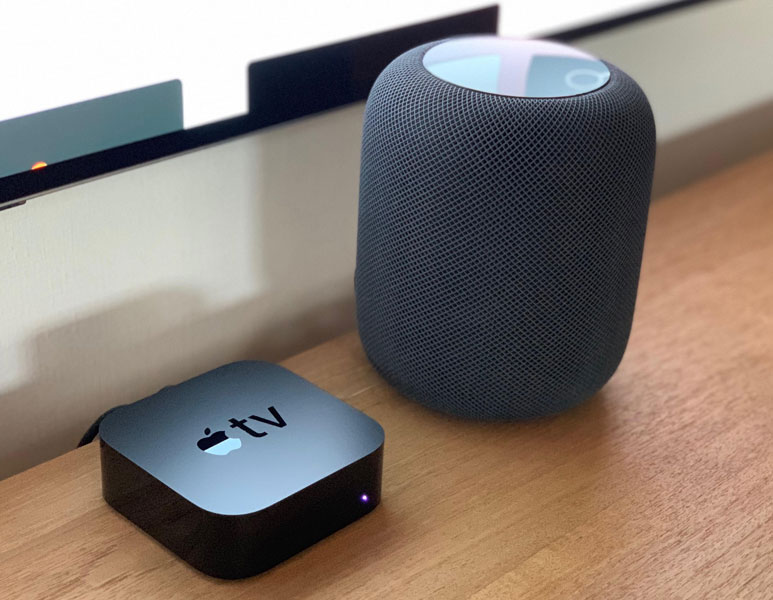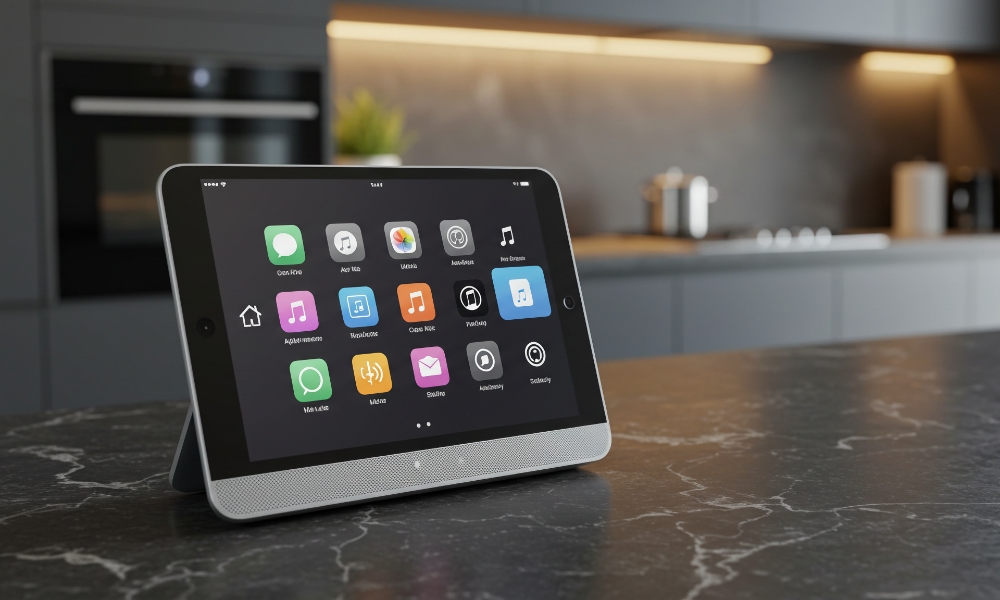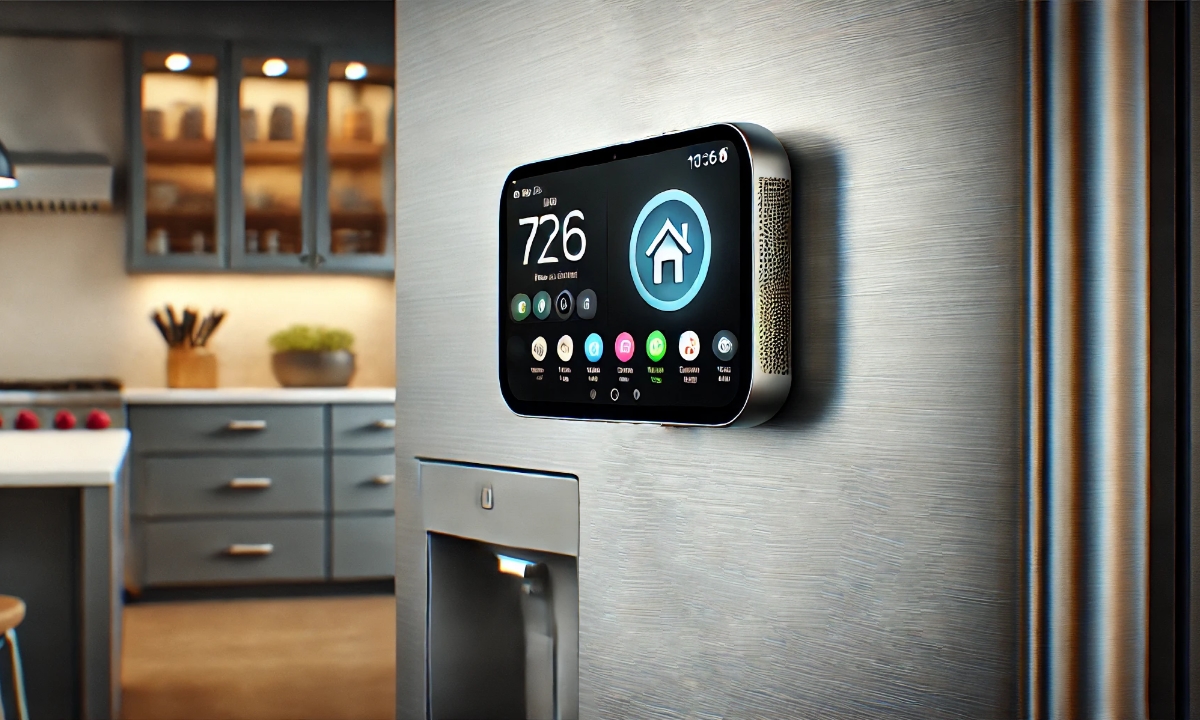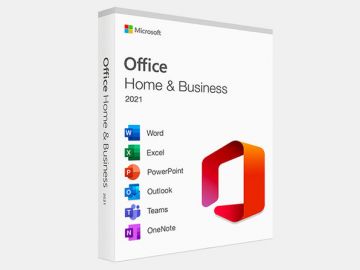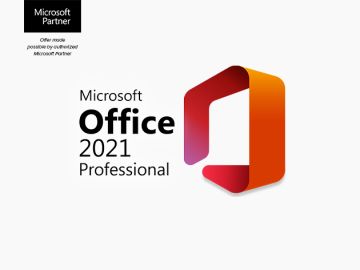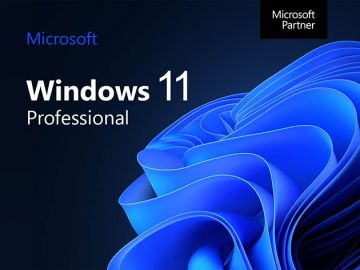Will Apple Add a Seventh Operating System to Its Lineup on Monday?
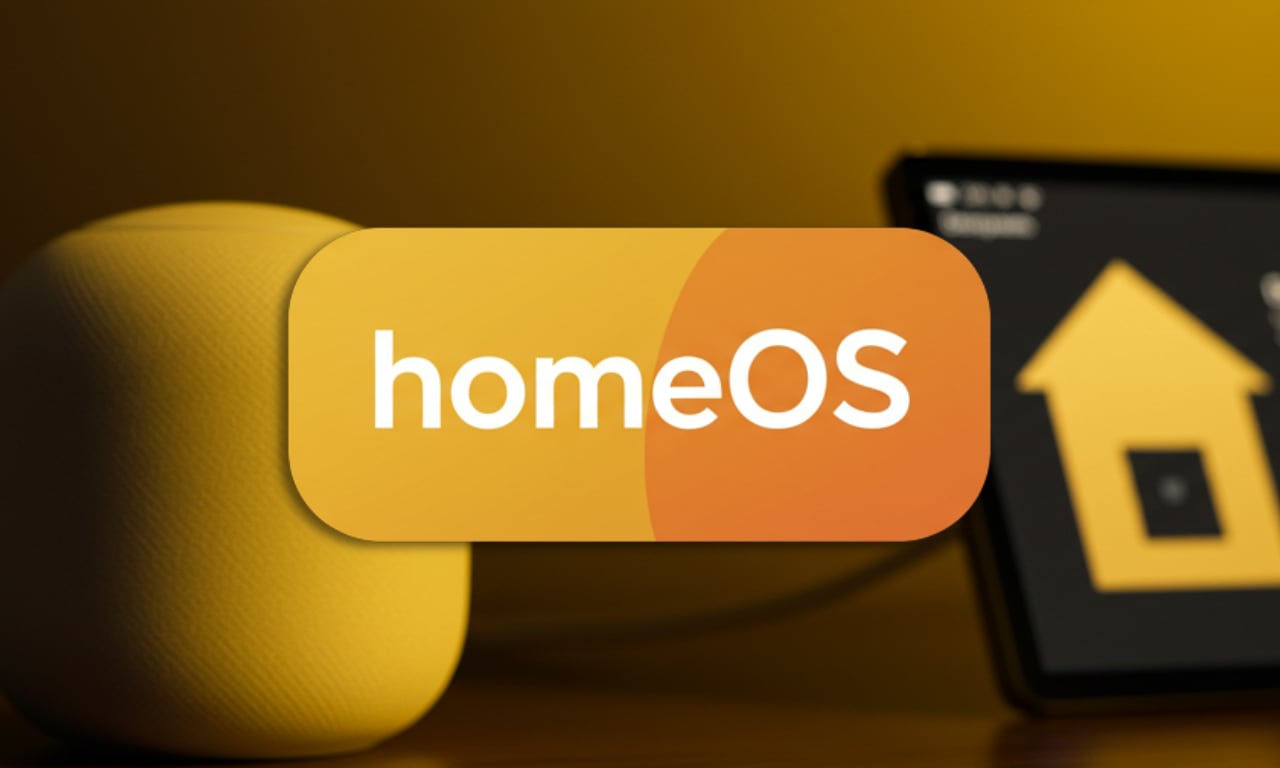
Toggle Dark Mode
Over the past decade or so, Apple has expanded its lineup of operating systems from two — iOS and macOS (nee Mac OS X) — to six. It added watchOS and tvOS to the mix in 2015, forked iOS into a separate iPadOS in 2019, and, most recently, debuted visionOS for its spatial computing headset. Now, the company could be preparing to debut a seventh.
We’ve heard rumors of a mysterious new “homeOS” since 2021, and this could be the year that Apple finally unveils it at next week’s Worldwide Developers Conference (WWDC).
Even though it’s been working on the new operating system for years, it seems that Apple has only recently filed for a trademark on the name. As reported by 9to5Mac, Parker Ortolani discovered that “HOMEOS” was submitted for a trademark on April 16, 2025. While Apple didn’t officially make that filing, the company behind it, “Home Operations Suite LLC,” feels like a front for a larger company, and some of the classifications point to Apple.
It’s quite common for Apple to file trademarks through shell companies to make it difficult for them to be easily traced back to it. In May 2023, only days before the Vision Pro was announced, MacRumors’ Joe Rossignol uncovered a “VisionOS” trademark filed by another shell company. That flew in the face of conventional wisdom that believed Apple was going to call the new operating system “xrOS.”
It’s never been entirely clear what form “homeOS” would take, although its purpose was evident from the purported name. Early reports ranged from simply giving the software on Apple’s HomePods an official branding to unifying the Apple TV and HomePod operating systems into a single family.
The HomePod operating system is internally named “audioOS,” but Apple has never used that name in any official or public capacity; it began as a fork of iOS and was sometimes referred to as “HomePod iOS” or “iOS for HomePod” until 2020 when Apple quietly shifted it to using a fork of tvOS. After that, it became known simply as “HomePod Software.”
Since the HomePod is still effectively more of an accessory than a mainline Apple product, the operating system that runs on it doesn’t really need its own brand, so we never put much weight in the notion that “homeOS” would be the name of the HomePod operating system. Meanwhile, the Apple TV has become a platform unto itself, popular enough to win a place even in households where Android devices dominate and be recommended by Android sites. It turns out even Android owners are sick of ad-infested streaming hardware. Who can blame them?
That makes it unlikely that tvOS will suddenly morph into homeOS. Instead, Apple likely has a bigger purpose in mind. Over the past year or so, ongoing rumors of the company’s plans for a standalone home hub and other home automation devices culminated in a report that homeOS would debut this year to power new hardware like a wall-mounted home hub and a display-equipped HomePod. It would also lay the groundwork for grander ambitions, such as a “tabletop robot” that may arrive sometime in 2027.
Although we’re not expecting Apple to announce any new hardware during its WWDC keynote, that doesn’t mean it can’t unveil “homeOS” to give developers a taste of what’s coming. It might begin only as an official name for what’s running on the current HomePod and HomePod mini, but it will be ready to go when Apple unveils its more advanced home products, which could come later this year.
By all reports, Apple had hoped to have its first-generation home hub ready by now. It was expected to be an iPad-mini-like device that could be mounted on a wall or propped up on a table, with an operating system focused on providing the features most relevant to a home automation and smart display experience from an optimized version of the Home app to apps for web browsing, news, music, photo slideshows, and even access to notes and calendar information. It wasn’t expected to have an App Store right away, but that would undoubtedly show up eventually.
However, one of the key capabilities Apple expected to bake into the new home hub was support for more advanced Siri interactions. As you’re probably aware by now, Apple has been having a few problems smartening up Siri, and reliable reports say this has held back Apple’s smart home hub. The hardware is said to be ready to go — to the point where some Apple employees are testing these devices in their own homes — but Apple is reluctant to release a half-baked version of the software.
Apple could still preview the home hub on Monday and announce its availability later this year. After all, the hardware is ready, which means it has a tangible product it can show people. There are also still reports of a display-equipped HomePod in the works — a standard version of the smart speaker with the top panel swapped out for an LCD screen.
Alternatively, homeOS may still be a few more months off. If an App Store isn’t in the cards yet, Apple has little reason to show homeOS off to developers as there won’t be much they can do with it. Just because Apple trademarked it in April (assuming Apple is behind it) doesn’t mean it has to be unveiled at WWDC. Apple may simply be preparing for the eventual release of homeOS on new hardware this fall.
[The information provided in this article has NOT been confirmed by Apple and may be speculation. Provided details may not be factual. Take all rumors, tech or otherwise, with a grain of salt.]


